Trump trade adviser Peter Navarro started warning about a deadly pandemic in January, memos show

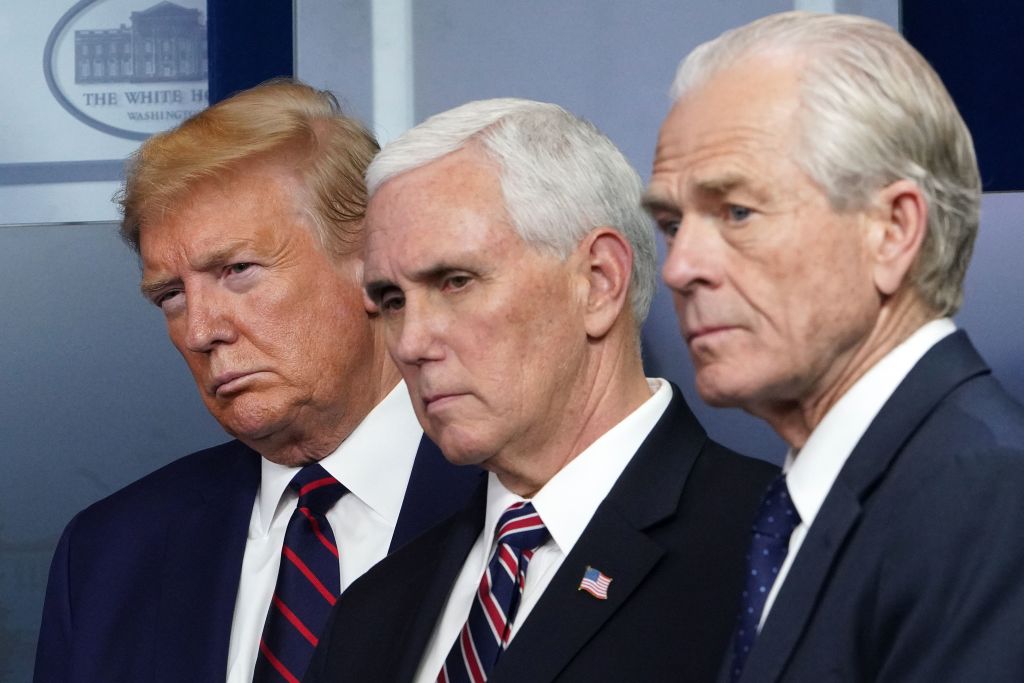
Peter Navarro, President Trump's trade adviser, wrote memos Jan. 29 and Feb. 23 that warned in stark terms about the deadly and economically costly threats from the coronavirus then ravaging China, Axios and The New York Times report. The Jan. 29 memo said the "risk of a worst-case pandemic scenario should not be overlooked," and such an outbreak could kill up to 543,000 Americans and cost up to $5.7 trillion without containment efforts. His prescription was banning travel with China, which Trump did quickly if only partially.
Navarro's Feb. 23 memo, addressed to Trump, began: "There is an increasing probability of a full-blown COVID-19 pandemic that could infect as many as 100 million Americans, with a loss of life of as many as 1-2 million souls." It suggested immediately asking Congress for "at least $3 billion," in part to stockpile personal protective equipment and ventilators. The memos are "the highest-level alert known to have circulated inside the West Wing" at a crucial time when Trump was publicly downplaying the virus and his administration was gearing up to respond, the Times reports, though it's "unclear" if Trump saw either memo.
Navarro is a strident China hawk, and the memos were viewed through that lens, damping their impact, officials tell the Times. A senior administration official who received Navarro's written warnings told Axios that "the January travel memo struck me as an alarmist attempt to bring attention to Peter's anti-China agenda while presenting an artificially limited range of policy options," and "the supplemental memo lacked any basis for its projections, which led some staff to worry that it could needlessly rattle markets and may not direct funding where it was truly needed." You can read excerpts from the memos at Axios.
The Week
Escape your echo chamber. Get the facts behind the news, plus analysis from multiple perspectives.

Sign up for The Week's Free Newsletters
From our morning news briefing to a weekly Good News Newsletter, get the best of The Week delivered directly to your inbox.
From our morning news briefing to a weekly Good News Newsletter, get the best of The Week delivered directly to your inbox.
A free daily email with the biggest news stories of the day – and the best features from TheWeek.com
Peter has worked as a news and culture writer and editor at The Week since the site's launch in 2008. He covers politics, world affairs, religion and cultural currents. His journalism career began as a copy editor at a financial newswire and has included editorial positions at The New York Times Magazine, Facts on File, and Oregon State University.
-
 Why is Iran facing its biggest protests in years?
Why is Iran facing its biggest protests in years?TODAY’S BIG QUESTION Iranians are taking to the streets as a growing movement of civic unrest threatens a fragile stability
-
 How prediction markets have spread to politics
How prediction markets have spread to politicsThe explainer Everything’s a gamble
-
 Magazine printables - Dec. 19, 2025
Magazine printables - Dec. 19, 2025Puzzle and Quizzes Magazine printables - Dec. 19, 2025
-
 Son arrested over killing of Rob and Michele Reiner
Son arrested over killing of Rob and Michele ReinerSpeed Read Nick, the 32-year-old son of Hollywood director Rob Reiner, has been booked for the murder of his parents
-
 Rob Reiner, wife dead in ‘apparent homicide’
Rob Reiner, wife dead in ‘apparent homicide’speed read The Reiners, found in their Los Angeles home, ‘had injuries consistent with being stabbed’
-
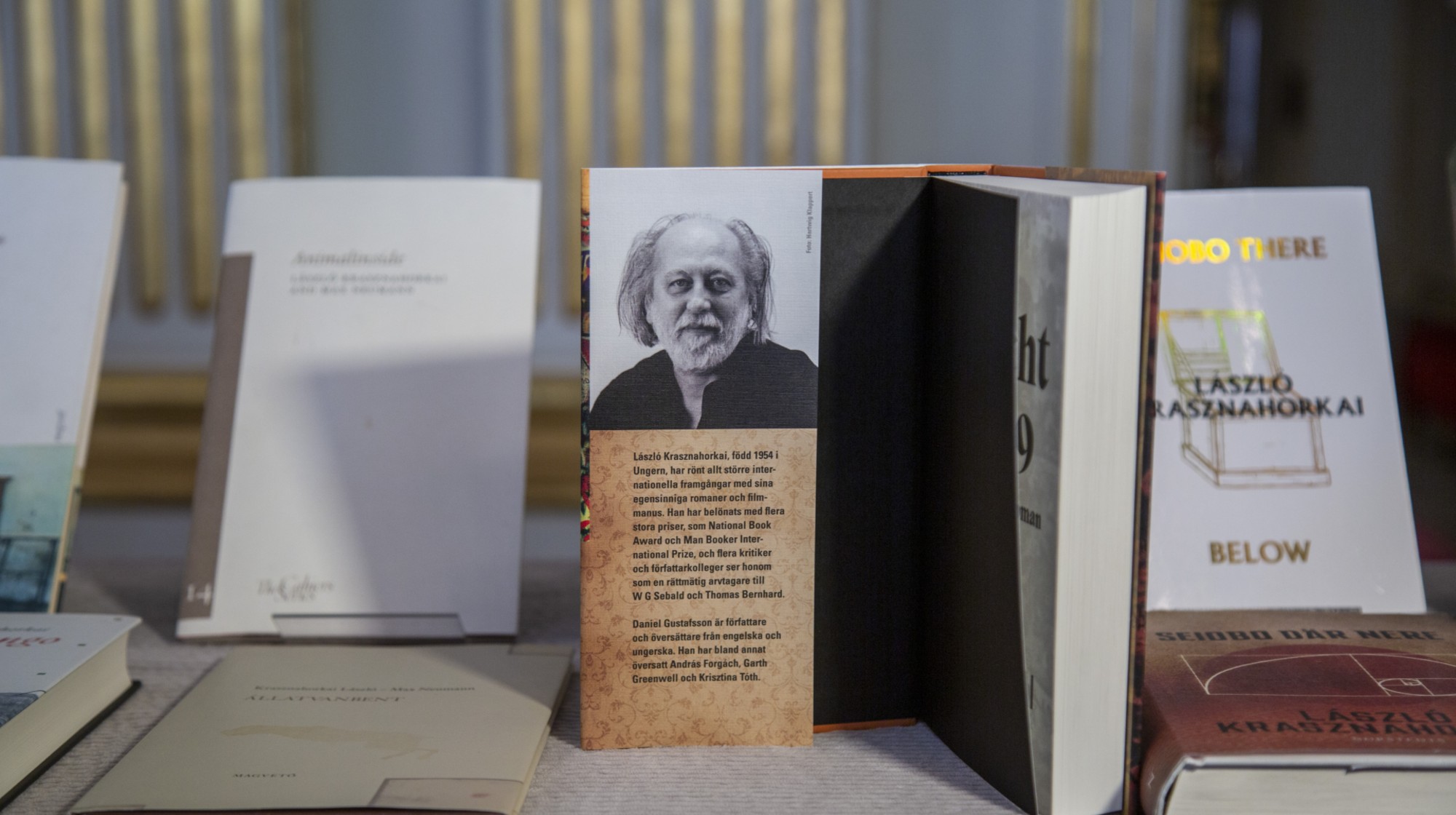 Hungary’s Krasznahorkai wins Nobel for literature
Hungary’s Krasznahorkai wins Nobel for literatureSpeed Read László Krasznahorkai is the author of acclaimed novels like ‘The Melancholy of Resistance’ and ‘Satantango’
-
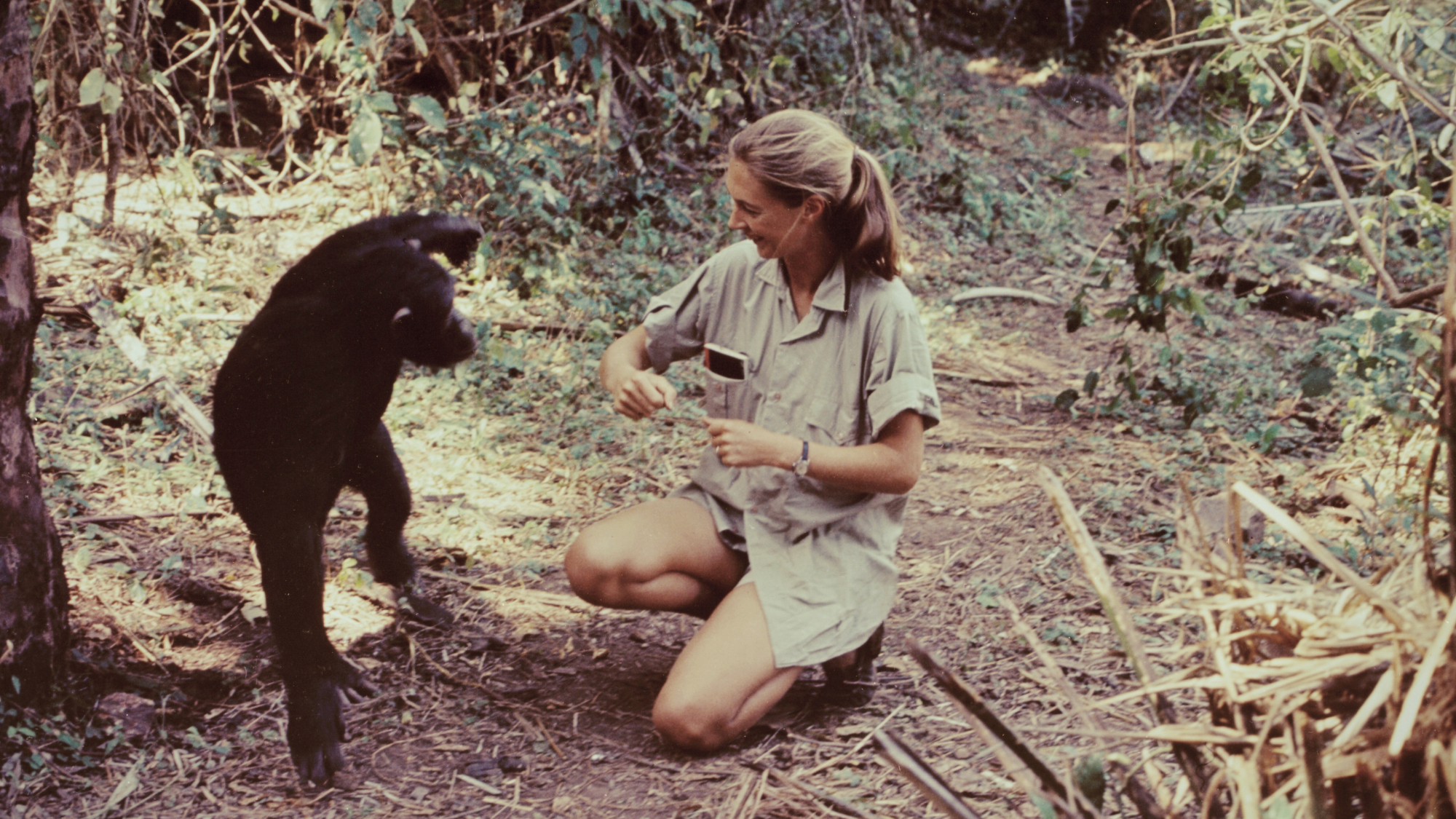 Primatologist Jane Goodall dies at 91
Primatologist Jane Goodall dies at 91Speed Read She rose to fame following her groundbreaking field research with chimpanzees
-
 Florida erases rainbow crosswalk at Pulse nightclub
Florida erases rainbow crosswalk at Pulse nightclubSpeed Read The colorful crosswalk was outside the former LGBTQ nightclub where 49 people were killed in a 2016 shooting
-
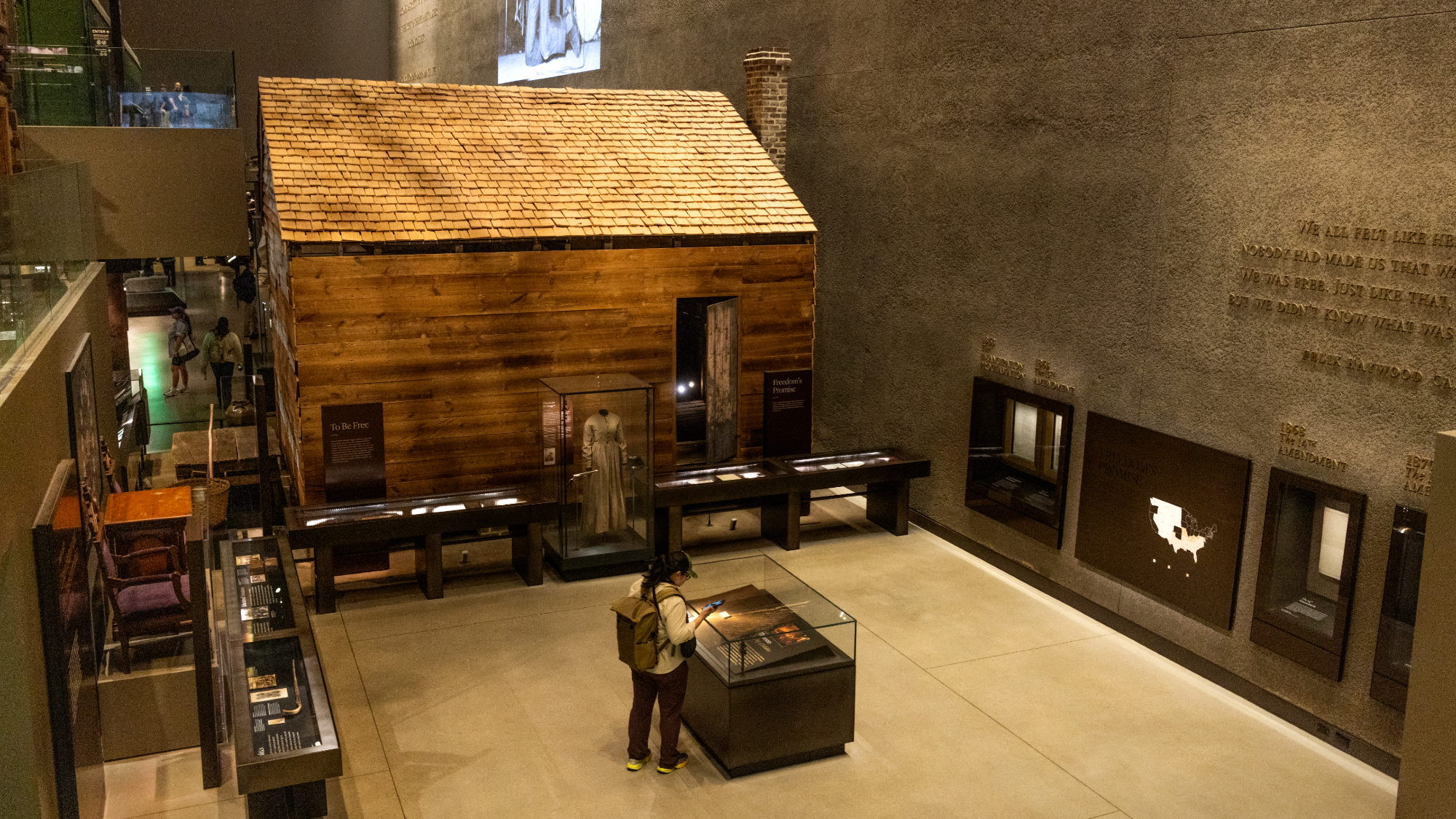 Trump says Smithsonian too focused on slavery's ills
Trump says Smithsonian too focused on slavery's illsSpeed Read The president would prefer the museum to highlight 'success,' 'brightness' and 'the future'
-
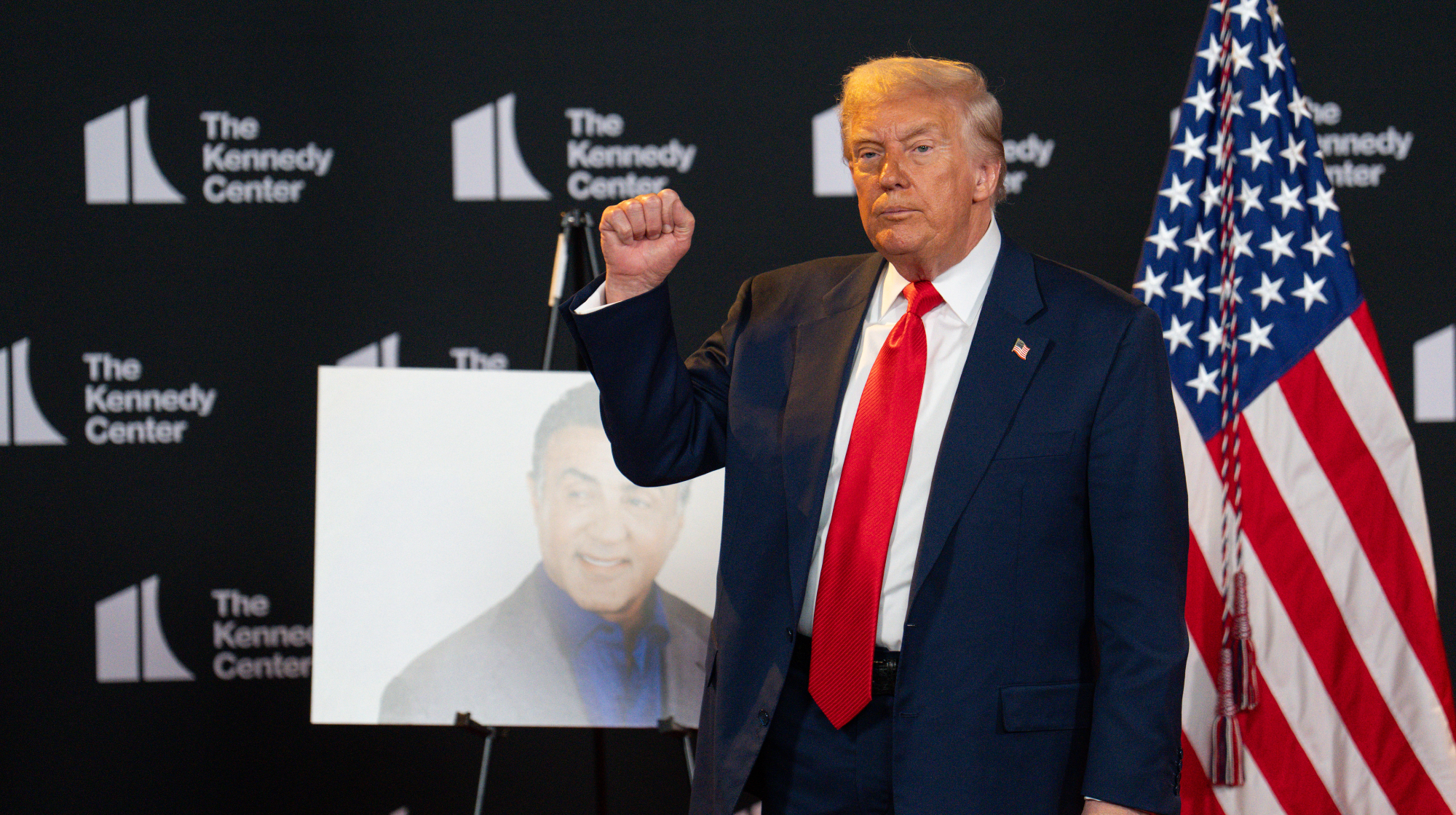 Trump to host Kennedy Honors for Kiss, Stallone
Trump to host Kennedy Honors for Kiss, StalloneSpeed Read Actor Sylvester Stallone and the glam-rock band Kiss were among those named as this year's inductees
-
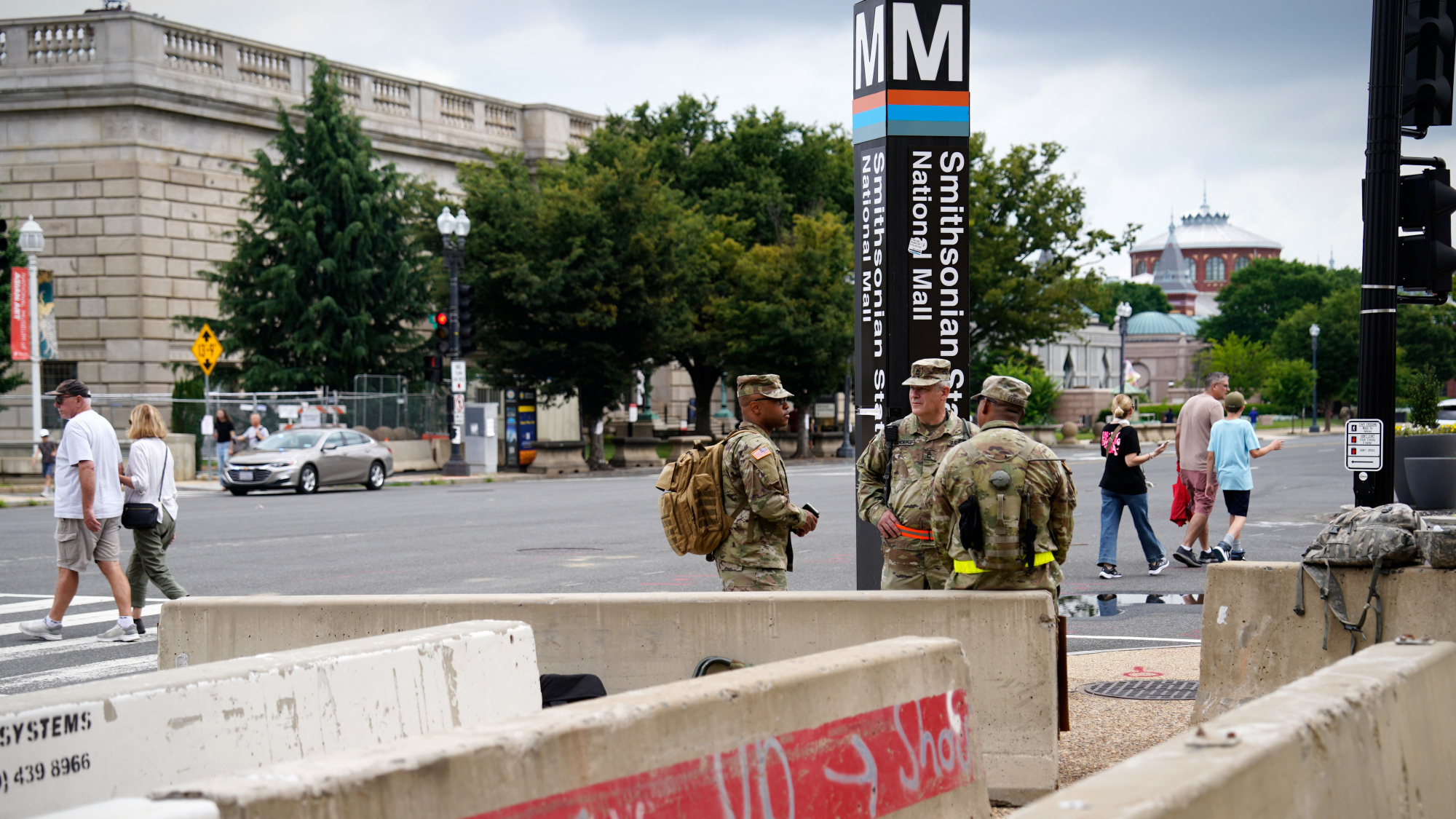 White House seeks to bend Smithsonian to Trump's view
White House seeks to bend Smithsonian to Trump's viewSpeed Read The Smithsonian Institution's 21 museums are under review to ensure their content aligns with the president's interpretation of American history
